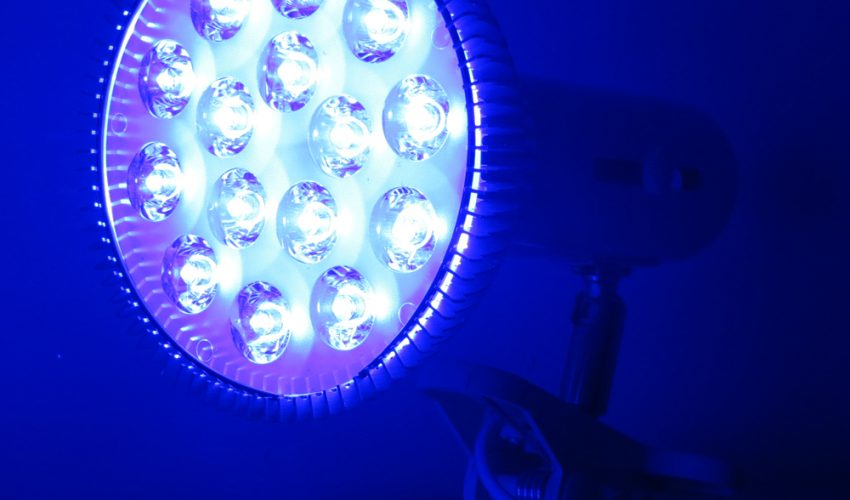Beware of the blue light from the LED screen!
LED screens are distinguished by their brightness and distinction in their color and size, but it is controversial that many types of research warn of the danger of the blue LED light emitted from the lighting of LED lamps, so we will show you in this report the truth of the matter!
It is worth noting that this light that they talk about is in all our devices, bad phones, computers, or LED screens, so LED lamps, or light-emitting diodes, are very popular – they have more green power than traditional lighting and all screens contain LED lamps to emit blue light, like many offices and homes.
many reports confirm the toxicity of blue light in the retina while also showing that blue light can severely disturb the organic rhythms associated with sleep, but the truth is that blue light from screens affects our bodies and the environment so let’s know first of all blue light.
What is a blue LED?
Blue light is part of the light in the everyday visible spectrum. It is at the shortest stops of the wavelengths, about four hundred to 500 nanometers away. Mild red is mapped from 635 to seven hundred nanometers. We see blue is a sum of all the distinct wavelengths we can see, and it is fired with lamps, displays, and the sun.
There are blocks of wavelengths that we cannot see and can be dangerous as ultraviolet (UV) rays, which the sun also emits, are shorter than the visible spectrum and have enough energy to decompose our DNA, infrared light is moderate we will not see it since its wavelengths are Too long, but we can feel it in the form of heat. They can also burn us, but they won’t damage our DNA in the same way as they do with shorter wavelengths.
However, LED screens do not emit UV or IR lights. Because it emits visible light.
The screens contain in their installation cans a slight portion of blue light, but there is no more blue light than different light bulbs, provided that they give the same stability to shorter and longer wavelengths moderately.
Sunlight is 10 times brighter than LED or common indoor screen light, which means we get more light blue light from the outside.
And the blue light doesn’t harm the eyes. The risks to eye fitness from light exposure come directly from the brightness. The retina contains cells known as photoreceptors, which define the light. Many mild cases can damage these cells.
All LED lights are rated according to their protection on a scale of 0 to 3 used by the US National Institute of Standards and the International Commission to achieve uniformity in the labeling of LED light a “0” method so that the light does not pose any danger to your eyes, nor does it require any form of card Warning. LED lighting fixtures in your homes, workplaces, and screens have this kind of low-risk spot.
Risks to eye health due to the flowering of bulbs with high scale; But remarkably, those that may be high-stakes, with a score of 2 or 3, are usually easier in business settings. People who work with these types of lighting fixtures should wear defensive gear to filter out many moderate blues. Because blue light has the shortest wavelengths of visible light, there are some problems, such as UV rays, that may also harm the retina.
Most of us who are most effective will ever experience blue light from LEDs in screens and ambient lighting fixtures in safer settings. Although some problems with LED lighting may cause vision problems later in life, the science behind these theories is weak.
The risks to our negative eye health from these sources are “negligible” compared to the risks to eye fitness from smoking, cardiovascular disease, or even regular aging, in line with part of the writing from Harvard Medical School.


